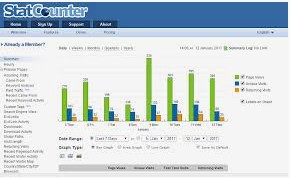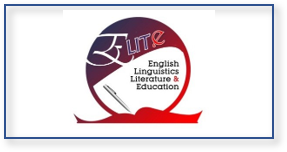A Learning Strategy Use and Speaking Skills in the Indonesian Context
DOI:
https://doi.org/10.15642/ijet2.2019.8.2.79-83Keywords:
language learning strategies; learning strategies for speaking skills; speaking skillsAbstract
Abstract—This study investigates language learning strategies used by Indonesian tertiary students in learning to speak English. The study addresses what learning strategies the students use; what strategy group and individual strategy they favour; and whether speaking skills significantly affect strategy use. This paper reports the quantitative results of a larger mixed-methods study drawing on questionnaire (n = 65) and students’ speaking grades (n = 65) obtained from students at Gajayana University of Malang in Indonesia. The study demonstrates that the students used a wide range of strategies that spread over six strategy groups of Oxford’s taxonomy (1990). Advanced and elementary students favoured compensation strategies, and intermediate students, metacognitive strategies. As regards individual strategy, advanced students favoured ‘using a circumlocution or synonym’; intermediate students, ‘paying attention’; and elementary students, ‘using resources for receiving and sending messages’. The study also shows that speaking skills significantly affected the use of affective strategies only. The paper concludes by discussing implications for theory and practice.
Downloads
References
[2] Cabaysa, C. C. and Baetiong, L. R. (2010). Language learning strategies of students at different levels of speaking proficiency. Education Quarterly, 68(1), 16-35.
[3] Ellis, R. (1994). The study of second language acquisition. Oxford: Oxford University Press.
[4] Larsen-Freeman, D. and Long, M. (1991). An introduction to second language acquisition research. London: Longman.
[5] Lee, K.R. and Oxford, R. (2008). Understanding EFL learners’ strategy use and strategy awareness. Asian EFL Journal, 10(1), 7-32.
[6] Li, D. (2007). Coping with linguistic challenges in UK higher education: The use of strategies by Chinese research students. Language Learning Journal, 35(2), 205-219.
[7] Oxford, R. L. (1990). Language learning strategies: What every teacher should know. New York: Newbury House.
[8] Pallant, J. (2007). SPSS survival manual: A step-by-step guide to data analysis using SPSS for windows (version 15). Crows Nest: Allen & Unwin.
[9] Skehan, P. (1989). Individual differences in second-language learning. London: Edward Arnold.
[10] Weyers, J. R. (2010). Speaking strategies: Meeting NCATE oral proficiency standards. Foreign Language Annals, 43(3), 384-394.










